Harmonics and Sidebands
Alan Friedman, Cat IV, CRL, CMRP
Posted on 9/26/23
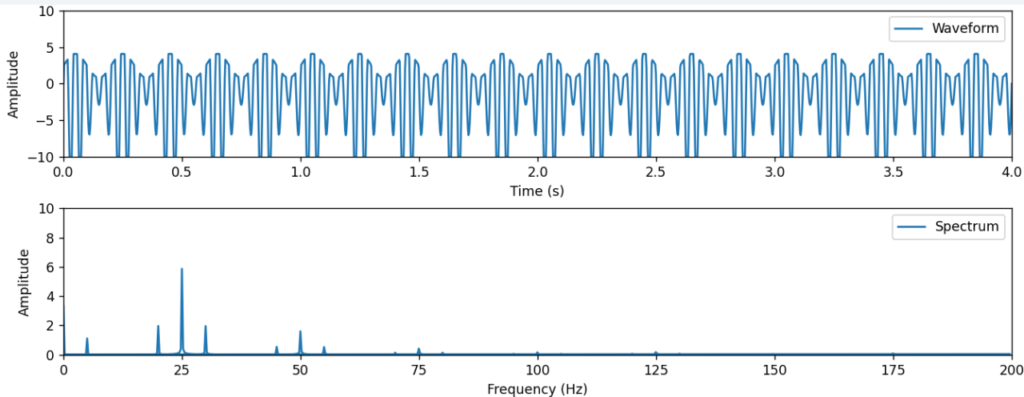
In a recent article I talked about linear and nonlinear systems and how the output of these systems contain frequencies, such as harmonics and sidebands, that are not in the inputs. In this article I want to share a short video I made with my signal processing simulator that demonstrates the concepts. You will want to watch the video with the sound on.
In the first slide we see a vibration time waveform of a sine wave at the top and the corresponding spectrum at the bottom. A sine wave has a single frequency and a single amplitude and therefore results in a single peak in the vibration spectrum. I move the slider bar to change the frequency and you can see how the graphs update.
Next, I use another slider to distort or clip the top of the sine wave. As I do so, we start to see harmonics, or multiples of the base frequency, in the spectrum. You can pause the video if you want and see if you can calculate the frequency (number of cycles per second) of the time waveform. You should see 8 cycles per second or 8 Hz. What we see in the spectrum now are 8 Hz, 16 Hz, 24 Hz, 32 Hz etc. These are harmonics or multiples of 8 Hz.
In the second slide I start with a sine wave at 25 Hz and a single peak in the spectrum. I then adjust a slider to “modulate” or to repetitively increase and decrease the amplitude of the original 25 Hz sine wave. This results in 2 new peaks in the spectrum on either side of the 25 Hz peak. These are called “sidebands.” They are 25 Hz plus and minus the modulating frequency. As I adjust the modulating frequency with the slider you can see the changes in the time waveform and in the spacing of the sidebands in the spectrum. Next, I move the sliders to adjust the amplitude of the modulating frequency and then the amplitude of the frequency being modulated.
In the third slide, I combine the two effects. We begin with a sine wave being modulated by a sine wave. I then adjust the slider to distort the wave being modulated. This results in harmonics and the harmonics also have sidebands. This pattern is common in rolling element bearings, gears, and AC motors.
Want to Learn More?
Alan Friedman dba Zenco offers machinery vibration analysis courses and certification in accordance with ISO 18436-2. You can see the live course schedule here: www.ZencoVibrations.com/events You can connect with him on LinkedIN and/or sign up for his mailing list. In addition to public classroom training and public virtual courses, Alan is also available for private courses virtually or on-site in additional to informal training and mentoring. Category I and II vibration are also available in Spanish.
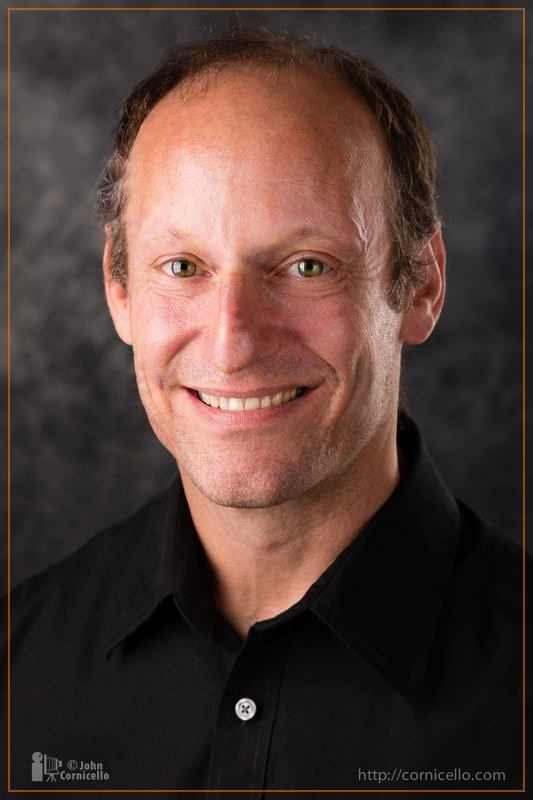
Alan Friedman
Alan, aka the Vibe Guru, has over 30 years of vibration analysis experience, He has trained 1000’s of students around the world up to Category IV. One of the things that makes Alan a great teacher is his ability to teach people where they are at. Whether you are a math challenged millwright, an engineer or a PhD, Alan will challenge you without overwhelming you. If you are interested in condition monitoring you can also check out his book: Audit It. Improve It! Getting the Most from your Vibration Monitoring Program or hire him for an on-site program audit.
Related Articles
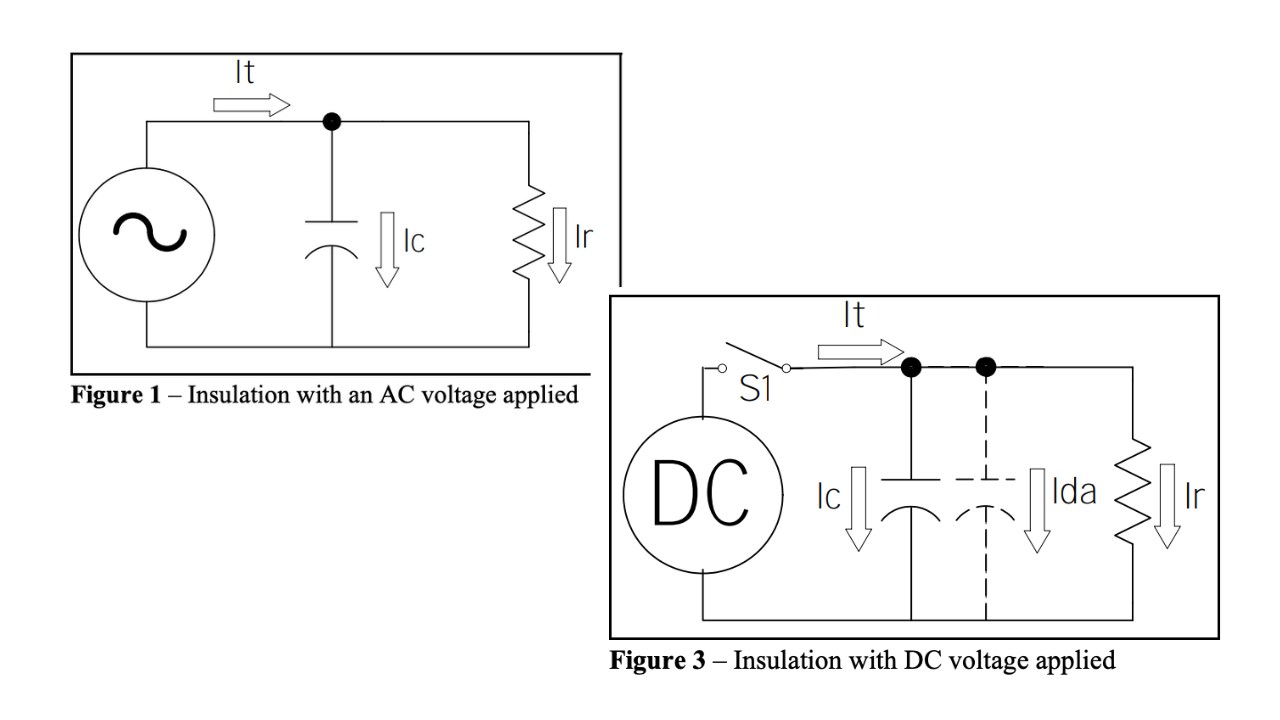
Principles of Insulation Testing
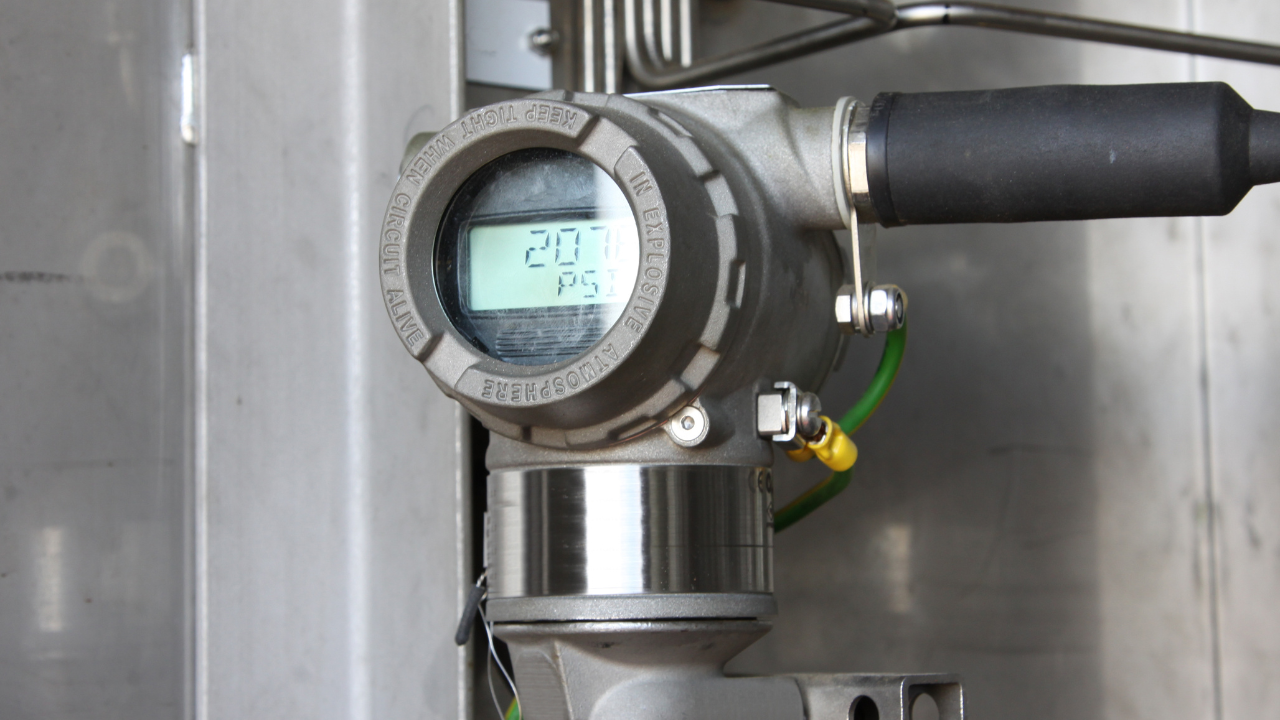
Top Tips for Selecting Pressure Measurement Transmitters

Gearbox Diagnostics Fault Detection
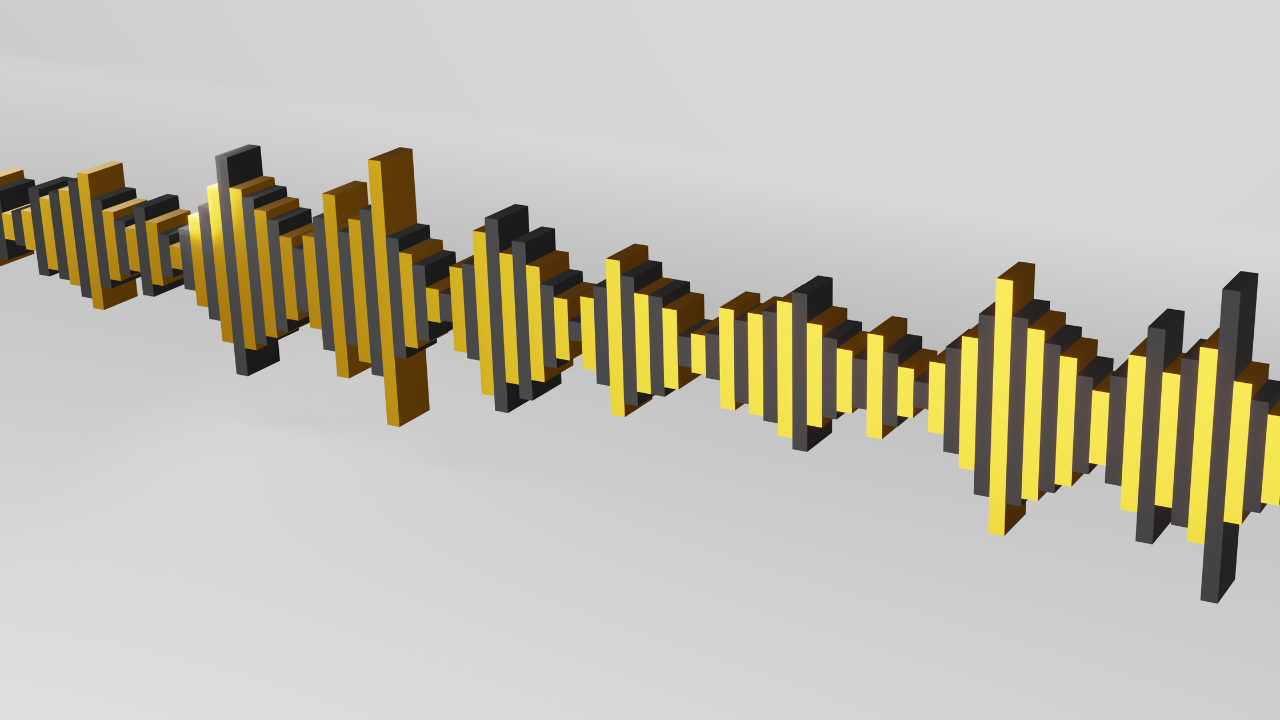
What is Vibration?

Why Record? Infrared Video
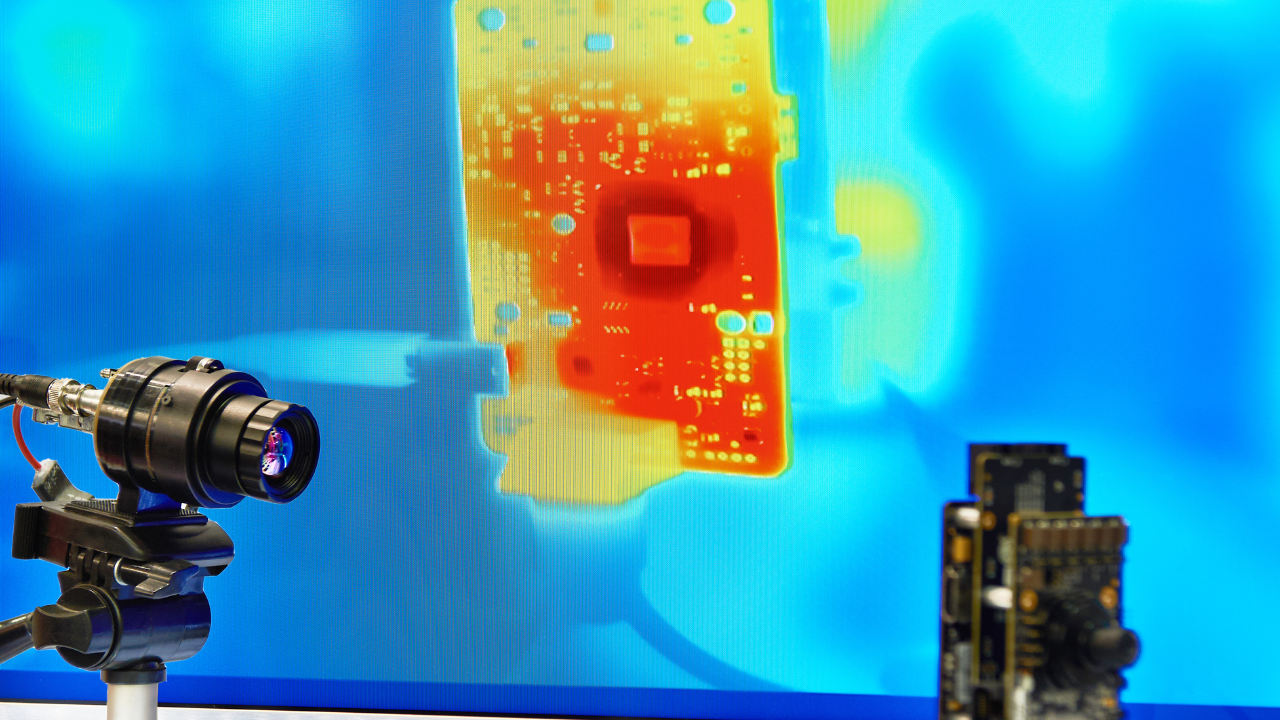
What You Should Know Before you Buy – A Guide to Buying an Infrared Camera




